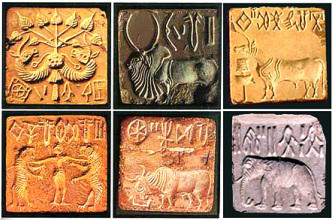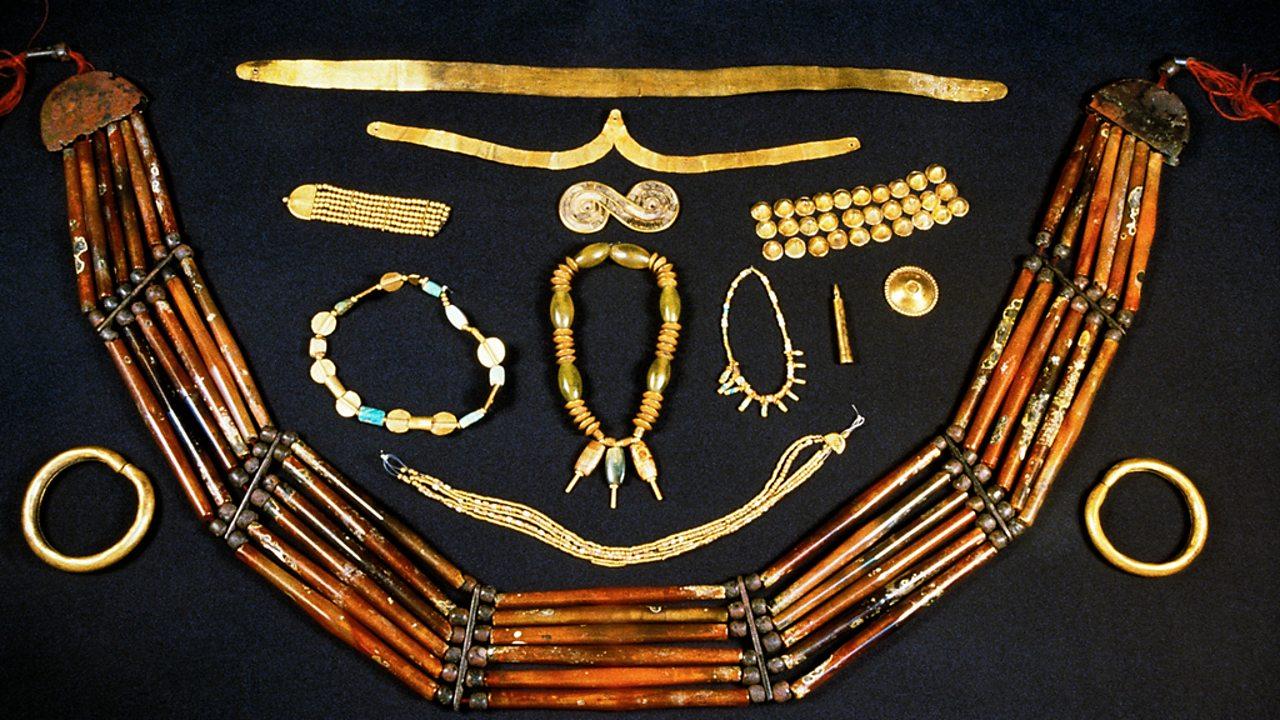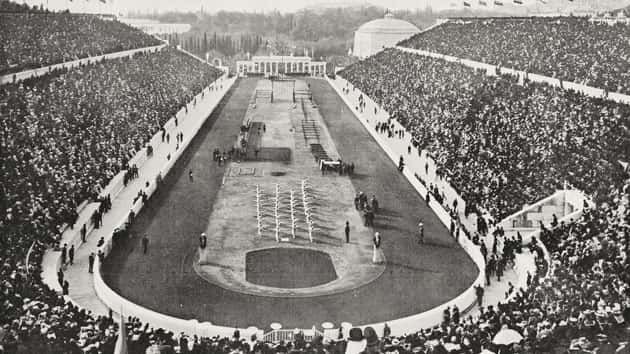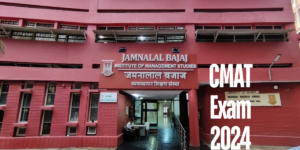Table of Contents
Class 11 History NCERT Book Chapter 1 Notes
In this chapter, we will see the beginning of the early societies from the beginning of time. We will also see the different stages of the origin of human beings in this chapter. We will also see the timeline of human origin from 6 MYA to 1BCE.
Class 11 History NCERT Book Chapter 1 Notes- Early Societies: Asia Timeline (6 MYA to 1 BCE)
| DATES | ASIA | SOUTH ASIA |
| 6 MYA – 5,00,000 BP | Use of Fire (China) | Stone Age site in Riwat (Pakistan) |
| 150,000-50,000 BP | Homo Sapiens Fossils (West Asia | |
| 30,000-10,000 BP | Domestication of Dog | Cave paintings at Bhimbetka (MP) |
| 8,000-7,000 BCE | Domestication of sheep and goat, cultivation of wheat and barley |
|
| 7,000-6,000 BCE | Domestication of pig and cattle | Early agricultural settlements (Baluchistan) |
| 6,000-5,000 BCE | Domestication of chicken, cultivation of millet and yam |
|
| 5,000-4,000 BCE | Cultivation of cotton (South Asia); use of copper |
|
| 4,000-3,000 BCE | Use of the potter’s wheel, wheel for transport |
Use of Copper |
| 3,000-2,000 BCE | Plough agriculture, cities (Mesopotamia); silk making (China); cultivation of rice | Cities of the Harappan civilization, use of script |
| 2,000-1,900 BCE | Domestication of water-buffalo | |
| 1,600-1,500 BCE | Cities, writing, kingdoms (Shang dynasty), use of bronze (China) |
|
| 1,500-1,400 BCE | Use of iron | Composition of Rig Veda |
| 1,200-1,000 BCE | Domestication of the one-humped camel | Use of iron, megaliths |
| 600-500 BCE | Use of coins (Turkey); Persian Empire | Cities and states in several areas, first coins, spread of Jainism and Buddhism |
| 400-200 BCE | Beginning of Construction of Great Wall of China | Establishment of the Mauryan empire (321 BCE) |

Seals and Artefacts of Indus Valley Civilization

CBSE Class 11 History Syllabus 2022-23 Pdf download
Class 11 History NCERT Book Chapter 1: Africa and Europe Timeline (6 MYA to 1 BCE)
| DATES | AFRICA | EUROPE |
| 6 MYA – 5,00,000 BP | Evidence of use of fire | |
| 5,00,000-1,50,000 BP | Homo Sapiens Fossils | Evidence of use of fire |
| 50,000-30,000 BP | Homo Sapiens Fossils | |
| 30,000-10,000 BP | Paintings in caves/rock shelters | Paintings in caves/rock shelters (especially France and Spain) |
| 7,000-6,000 BCE | Domestication of dogs and cattle | |
| 6,000-5,000 BCE | Cultivation of wheat and barley (Greece) | |
| 4,000-3,000 BCE | Domestication of donkey, cultivation of millet, use of copper |
Use of Copper |
| 3,000-2,000 BCE | Plough agriculture, first kingdoms, cities, pyramids, calendar, hieroglyphic script |
Domestication of Horse |
| 2,000-1,900 BCE | Cities, palaces, use of bronze, the potter’s wheel, development of trade | |
| 1,700-1,600 BCE | Development of Script | |
| 1,500-1,400 BCE | Use of glass bottles | |
| 1,100-1,000 BCE | Use of iron | |
| 900-800 BCE | City of Carthage established in North Africa by the Phoenicians from West Asia | |
| 800-600 BCE | Use of Iron (Sudan and Egypt) | First Olympic Games (Greece, 776 BCE) |
| 600-500 BCE | Establishment of the Roman republic (510 BCE) |
|
| 500-400 BCE | Persians invade Egypt | Establishment of a Democracy in Athens |
| 400-300 BCE | Establishment of Alexandria, Egypt (332 BCE) |
Alexander of Macedonia conquers Egypt |

Fig: First Olympic Games in Athens, Greece – 776 BCE
Class 11 History NCERT Book Chapter 1: America and Pacific Islands Timeline (6 MYA to 1 BCE)
| DATES | AMERICA | PACIFIC ISLANDS/ AUSTRALIA |
| 50,000-30,000 BP | Homo sapiens fossils, earliest indications of sea faring | |
| 30,000-10,000 BP | Homo sapiens fossils | Paintings |
| 7,000-6,000 BCE | Cultivation of squash | |
| 5,000-4,000 BCE | Cultivation of beans | |
| 4,000-3,000 BCE | Cultivation of cotton, bottle gourd | |
| 3,000-2,000 BCE | Domestication of guinea pig, turkey, cultivation of maize |
|
| 2,000-1,900 BCE | Cultivation of potato, chilli, cassava, peanut | |
| 1,200-1,100 BCE | Olmec settlements around the Gulf of Mexico, early temples and sculpture | Settlements in Polynesia and Micronesia |
| 1,000-900 BCE | Development of a hieroglyphic script |
CBSE Class 12 History Syllabus 2022-23 Pdf download
Class 11 History NCERT Book Chapter 1 PDF
To Download the pdf of Class 11 History NCERT Chapter 1, Class 11 History NCERT History Chapter 1
Class 11 History NCERT Book Chapter 1 Early Societies: Important Terms
FOSSILS
Fossils are the remains of extinct plants, animals, and humans that have hardened into rock through time.
SPECIES
A collection of living things that can be crossed to create fecund, healthy offspring that are subdivided into smaller groups called species.
PRIMATES
Primates are a subsection of a wider group of mammals that are characterised by a lengthy gestation period followed by birth, the presence of mammary glands, a variety of tooth kinds, and the capacity to regulate body temperature.
ARTEFACTS
Artefacts are things that humans have created, such as tools, works of art, sculptures, engravings, etc.
ANTHROPOLOGY
Anthropology is a scientific field that examines the evolution of human biology and human society.
ETHNOGRAPHY
The study of modern ethnic groups is known as ethnography. It investigates social conventions, gender, political structures, and methods of subsistence.
AUSTRALOPITHECUS
African apes known as Australopithecus.
HOMO
A Latin word that signifies “man” is homo.
HOMO ERECTUS
A human species capable of upright, leg-propelled gait.
HOMO SAPIENS
Wiseman, also referred to as modern humans, is Homo sapiens.
CBSE Class 11 Syllabus 2022-23 Pdf Download
Class 11 History NCERT Book Chapter 1 Early Societies: Summary
- There are numerous phases to the development of humans.
- Primates are a subgroup of a wider group of animals.
- Primates existed in Asia and Africa between 36 and 24 mya.
- Hominoids have been around since roughly 24 mya.
- Hominoids, including apes, had relatively smaller brains.
- The legs of hominoids were four. They could move around on all four paws, but they couldn’t stand up straight.
- In Africa, 5.6 million years ago, Hominoids gave rise to the first hominids.
- The Hominidae family included the Hominids.
- Hominids are further classified into genus-level lineages.
- The word “homo” originally meant “man” in Latin.
- About 2.5 million years ago, homo sapiens first appeared.
- Their fossils are between 2.2 and 1.8 million years old.
- Australopithecus was less clever than Homo habilis.
- Homo erectus had a good understanding of how to walk.
- Human erectus fossils have been discovered in numerous locations throughout Asia and Africa.
- The first modern men were Homo sapiens. They had wisdom and intelligence.
- Between 0.19 and 0.16 million years ago, Homo sapiens first appeared.
- Homo habilis fossils have been discovered at Tanzania’s Olduvai Gorge and Ethiopia’s Omo.
- In Africa and Asia, Homo erectus remains have been discovered.
- Humans were highly intelligent. They made use of complex technologies and languages.
- Neanderthal men were another name for Homo neanderthalensis because the Neander Valley in Germany is where their fossils have been discovered.
- The most significant evidence comes from Terra Amata in Southern France. Thatch was used to build the cottage.
- The discovery of fire drastically altered early men’s way of existence.
- The locations where the remains of the usage of fire have been discovered include Chesowanja in Kenya and
- Swartkrans in South Africa.
- Stones were used to craft the first men’s tools. Hand axes, choppers, and flake tools made up the tools.
- In Ethiopia and Kenya, the oldest examples of stone tool use were discovered.
- Sewing needles were created about 21,000 years ago.
- The mastery of speaking aided the man’s cultural advancement.
- The sun, moon, rivers, and their everyday activities were all depicted in the paintings created by the first humans.
- The walls and roofs of the caverns were painted. The earliest well-known cave paintings are thought to be those at
- Altamira, Lascaux, and Chauvet.
- Early humans also created little sculptures.
- The Hadza people resided close to the salty Lake Eyasi and enjoyed hunting as well.
- Altamira is a cave location in Spain.
- The cave paintings were discovered by Marcelino Sanz deSautula and his daughter Maria.
- Louis Leakey and Mary Leakey recognised Otduvai.
- Some historians believe that without knowledge of the previous society, ethnographic evidence cannot be useful.
- Ethnography stands for the critical study of modern ethnic society.
- Early humans were totally reliant on the natural world.
- They hunted and fished to acquire food.
- Both tiny and huge fish were captured using hooks and harpoons.
- Men first lived in caves, then on trees, and eventually in houses.
- Around 400,000 years ago, cave life was first developed by early men.
- The first example of a cave home is Cave Lazaret. Southern France is where it is.


 APOSS Results 2024 Out, AP Open School S...
APOSS Results 2024 Out, AP Open School S...
 TN SSLC Result 2024 Date, Check TN 10th ...
TN SSLC Result 2024 Date, Check TN 10th ...
 CMAT Exam Date 2024, Admit Card Release ...
CMAT Exam Date 2024, Admit Card Release ...














